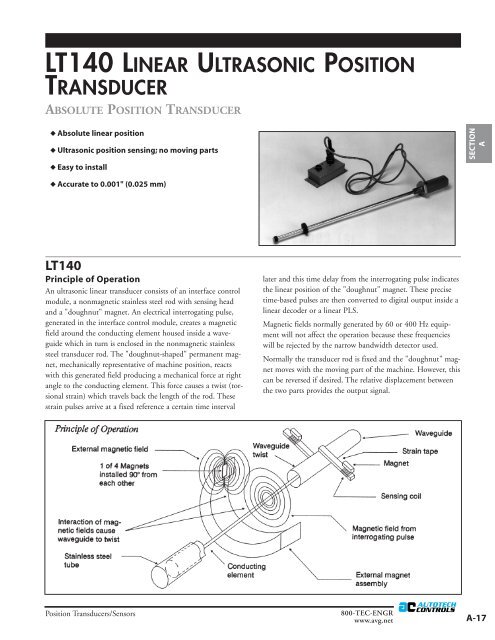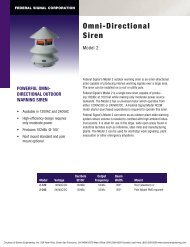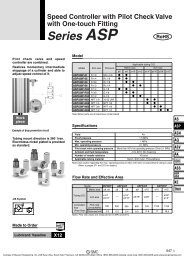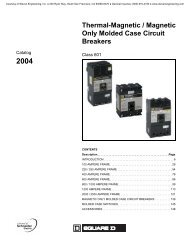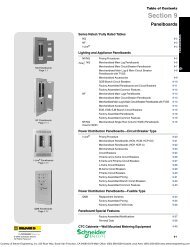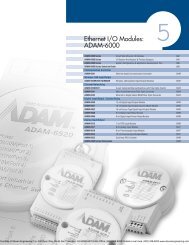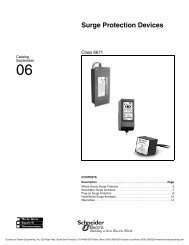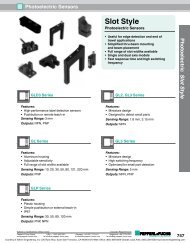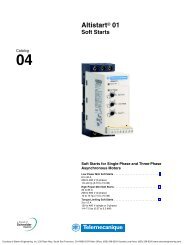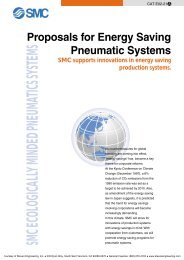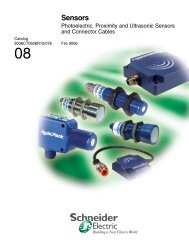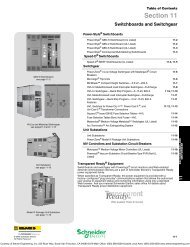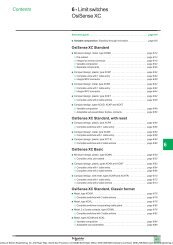resolver decoder specifications - Steven Engineering
resolver decoder specifications - Steven Engineering
resolver decoder specifications - Steven Engineering
You also want an ePaper? Increase the reach of your titles
YUMPU automatically turns print PDFs into web optimized ePapers that Google loves.
LT140 LINEAR ULTRASONIC POSITION<br />
TRANSDUCER<br />
ABSOLUTE POSITION TRANSDUCER<br />
◆ Absolute linear position<br />
◆ Ultrasonic position sensing; no moving parts<br />
◆ Easy to install<br />
SECTION<br />
A<br />
◆ Accurate to 0.001" (0.025 mm)<br />
LT140<br />
Principle of Operation<br />
An ultrasonic linear transducer consists of an interface control<br />
module, a nonmagnetic stainless steel rod with sensing head<br />
and a "doughnut" magnet. An electrical interrogating pulse,<br />
generated in the interface control module, creates a magnetic<br />
field around the conducting element housed inside a waveguide<br />
which in turn is enclosed in the nonmagnetic stainless<br />
steel transducer rod. The "doughnut-shaped" permanent magnet,<br />
mechanically representative of machine position, reacts<br />
with this generated field producing a mechanical force at right<br />
angle to the conducting element. This force causes a twist (torsional<br />
strain) which travels back the length of the rod. These<br />
strain pulses arrive at a fixed reference a certain time interval<br />
later and this time delay from the interrogating pulse indicates<br />
the linear position of the "doughnut" magnet. These precise<br />
time-based pulses are then converted to digital output inside a<br />
linear <strong>decoder</strong> or a linear PLS.<br />
Magnetic fields normally generated by 60 or 400 Hz equipment<br />
will not affect the operation because these frequencies<br />
will be rejected by the narrow bandwidth detector used.<br />
Normally the transducer rod is fixed and the "doughnut" magnet<br />
moves with the moving part of the machine. However, this<br />
can be reversed if desired. The relative displacement between<br />
the two parts provides the output signal.<br />
Position Transducers/Sensors<br />
800-TEC-ENGR<br />
www.avg.net<br />
A-17


